Fall Weekend in Rangeley, Maine | Weekend Away
Famous for its outdoor sporting life, the mountain village of Rangeley, Maine, also boasts foliage to rival anywhere else in the country. Here’s how to have the perfect Rangeley fall weekend.
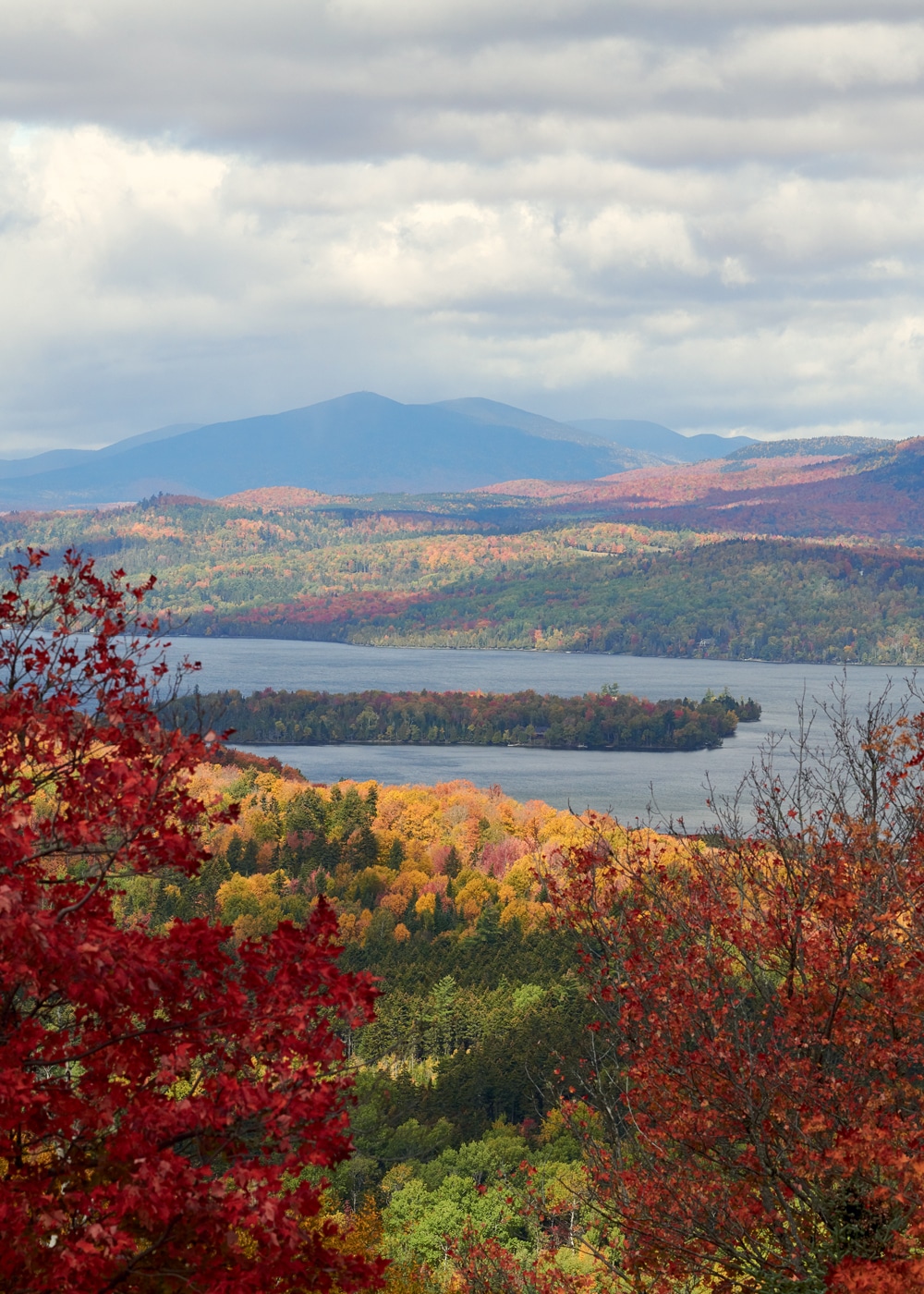
Rangeley Lake in all its autumn splendor.
Photo Credit : Tristan SpinskiA note from the editors: After this feature was written and photographed in the fall of 2019, businesses across New England have had to reevaluate their operations in light of COVID-19. For the most up-to-date information on schedules and offerings, contact these businesses directly, and be sure to also check with individual states for travel and safety rules and guidelines.
I have no way of knowing what the world will be like when this story reaches you. But I do know this: As is true every year in New England, come mid-September the morning air will turn crisp, apple trees will be bursting with fruit, and fall colors will start marching down from the hilltops and across the valleys, blanketing the landscape in those comfortingly familiar reds, oranges, and yellows.
I am also certain of this: That autumn beauty will feel especially magnetic in Rangeley, Maine.

Photo Credit : Tristan Spinski
This is the other Maine, the one that doesn’t get the same kind of gushing attention that the coast does. It’s the Maine of mountains and lakes—the Rangeley region alone has 112 bodies of water—not to mention vast swaths of hardwood forests, whose autumn brilliance still surprises people who have more than a few New England foliage seasons under their belt.
“I grew up in southern Maine, so I certainly wasn’t a stranger to the foliage,” says Travis Ferland, owner of the Rangeley Inn. “But when I came up here, it was something else entirely. It was like somebody had airbrushed the trees with extra color—as if the landscape had been Photoshopped.”
Rangeley has been making a big impression on visitors since the 1860s, when newspapers and magazines hailed it as the home of the largest brook trout in the country. The promise of those big fish combined with easy train travel brought tourists flocking here. Up went the big hotels, inns, and sporting camps. Pioneering anglers Cornelia “Fly Rod” Crosby and Carrie Stevens cemented Rangeley’s status as a premier outdoor getaway.
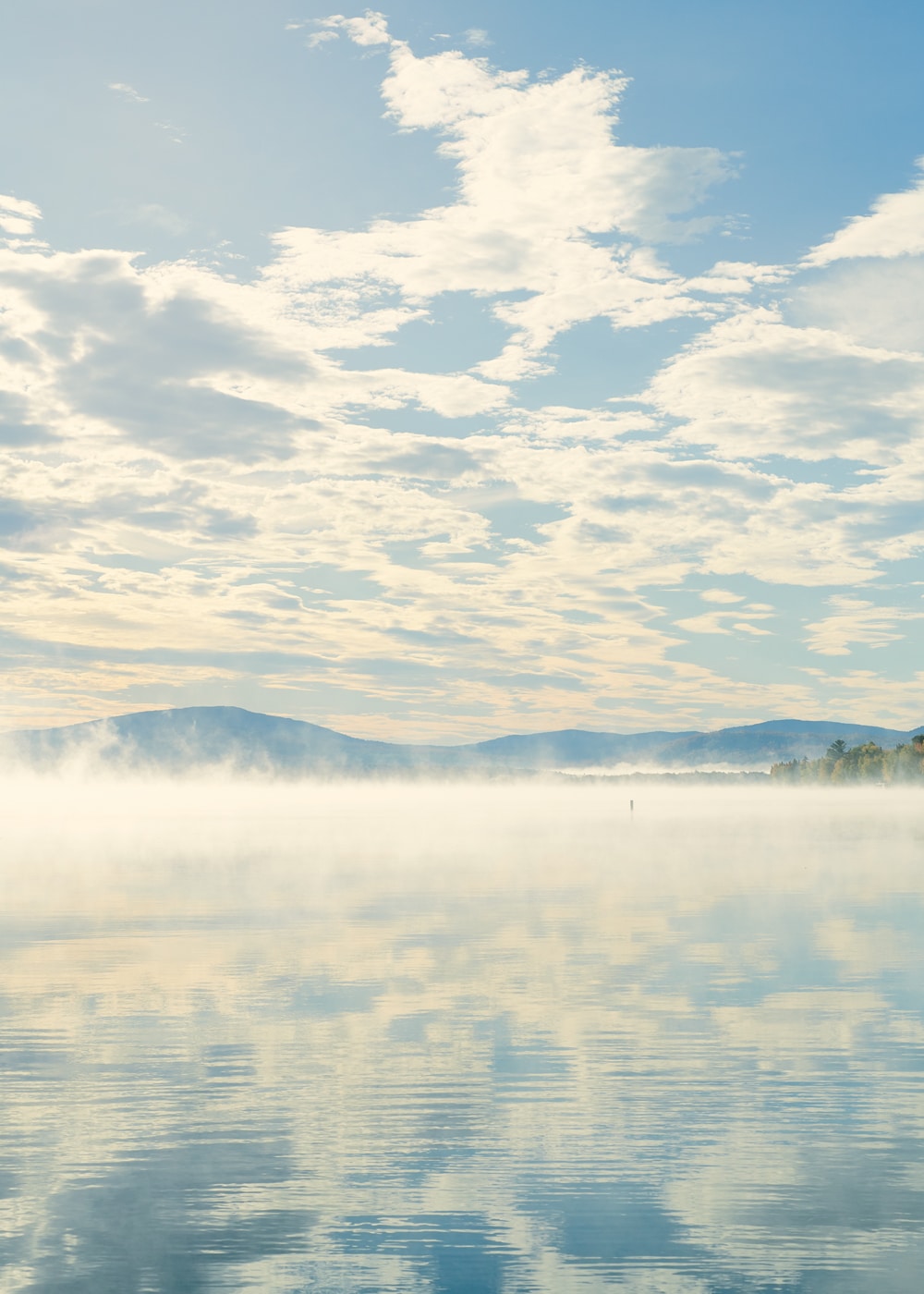
Photo Credit : Tristan Spinski
In the years since, the region has endured by expanding on its core identity. Fishing is still a draw, but so are the kayaking, moose watching, and float plane tours. There are mountains to climb, forest trails to meander, spectacular drives on which to get lost. A flurry of new restaurants and shops in the past few years may have dialed down the “wilderness” mystique a little, but it’s all those trees, lakes, and hills that tie the centuries together. And there’s something reassuring about that. When life feels unsettled, it’s good to spend time in a place like Rangeley, amid unchanging natural beauty.
Fall Weekend in Rangeley, Maine
FRIDAY
Peak foliage generally hits here in early October. Over the past several years, those colors have been augmented by Oktoberfest, a multiday celebration that gets people moving and eating. It kicks off with a Friday-night bratwurst and strudel contest, then rolls into a busy Saturday that includes an apple festival at the Maine Forestry Museum, an organized bike tour, the slightly tipsy Cider & Beer Run, and Sunday brunch deals at restaurants across Rangeley and nearby Oquossoc.
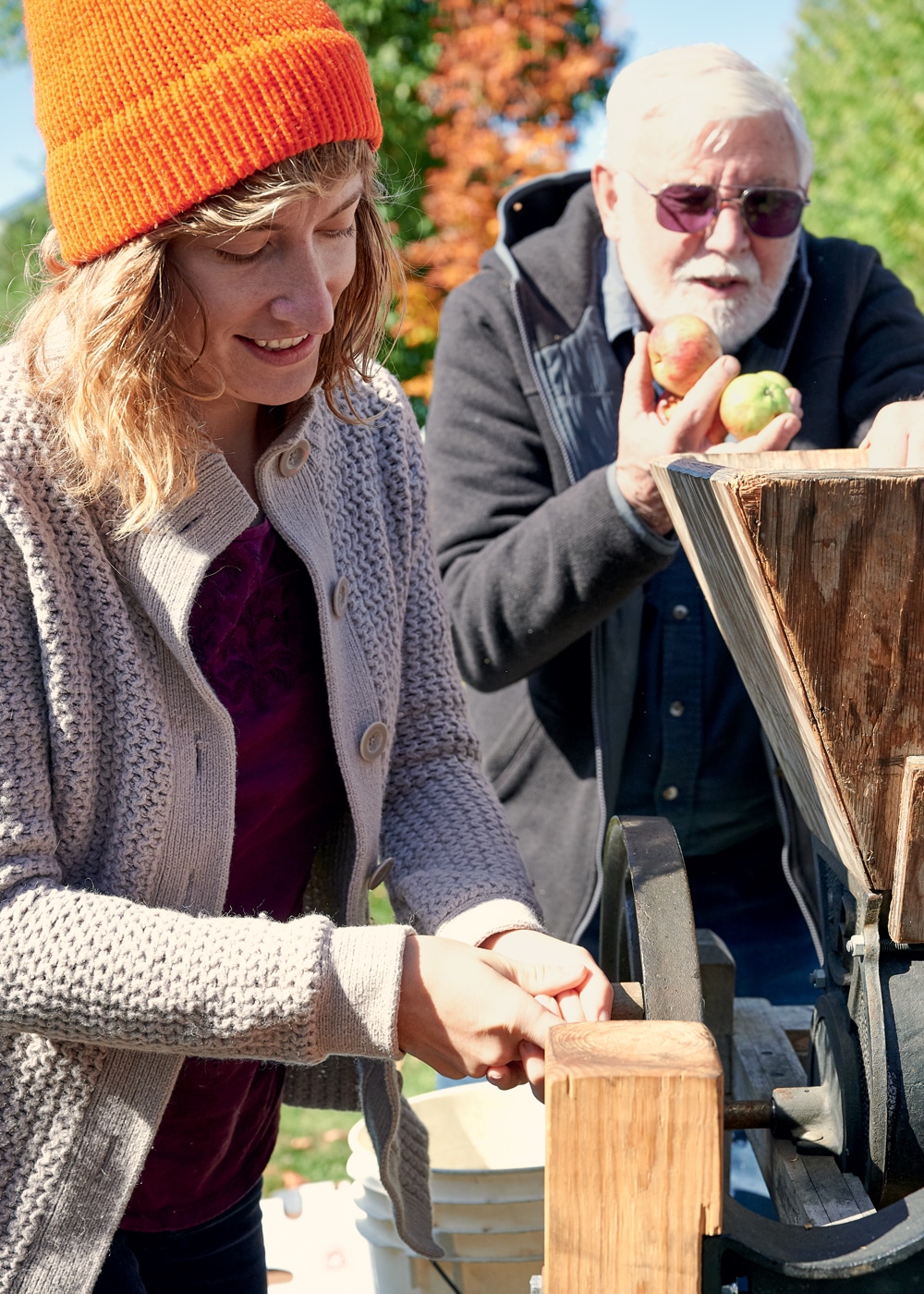
Photo Credit : Tristan Spinski
Plan your trip early enough, and you’ll have lodging options ranging from the 12-room Loon Lodge on Rangeley Lake, to Bald Mountain Camps in Oquossoc, to the Rangeley Inn & Tavern, one of the few remaining large hotels that once populated the region. The 42-room Rangeley Inn was saved in 2013 when Travis Ferland bought it at auction and subsequently renovated nearly every square inch. The rooms aren’t large, but the main spaces feel grand, giving visitors a step back in time to Rangeley in the early 1900s.
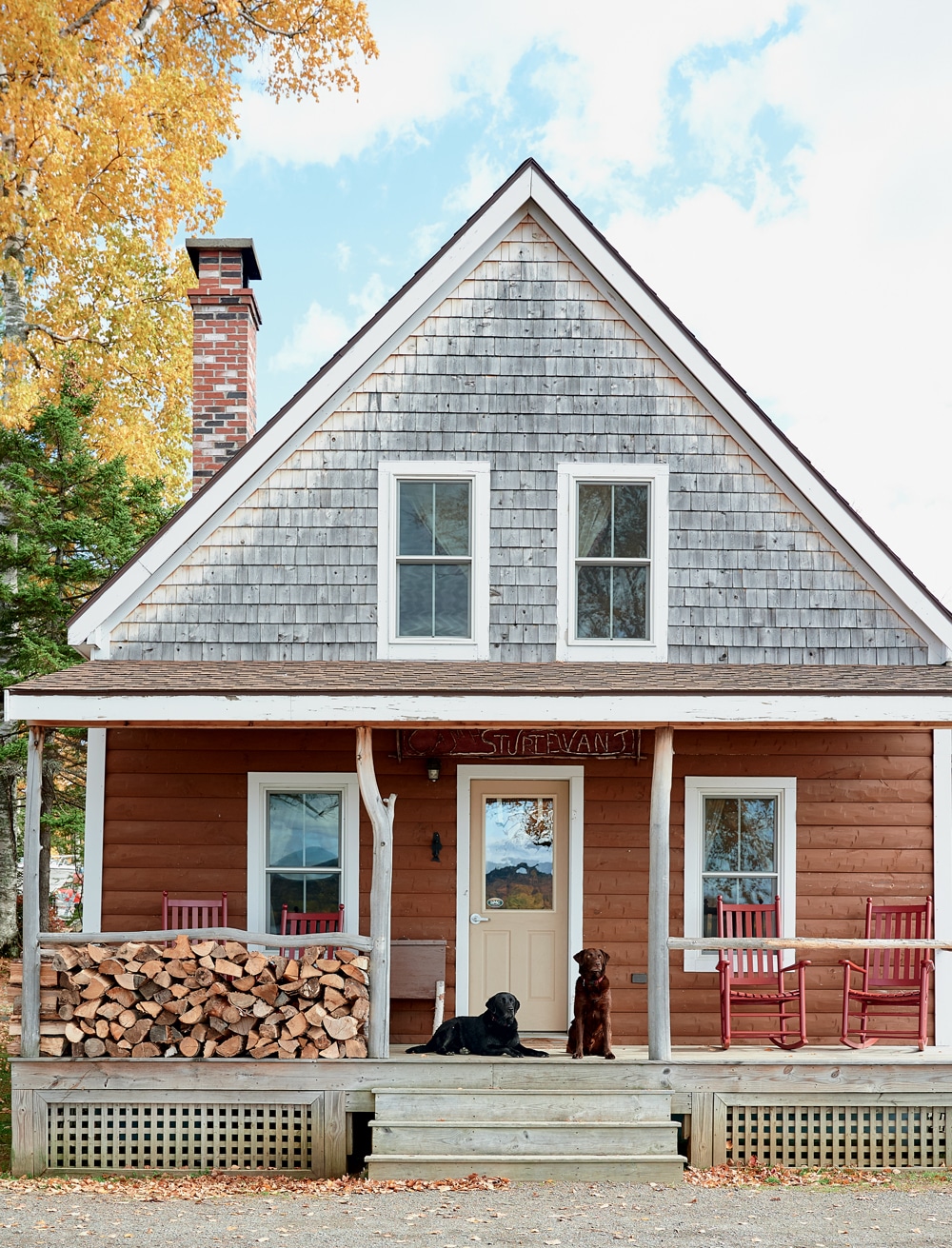
Photo Credit : Tristan Spinski
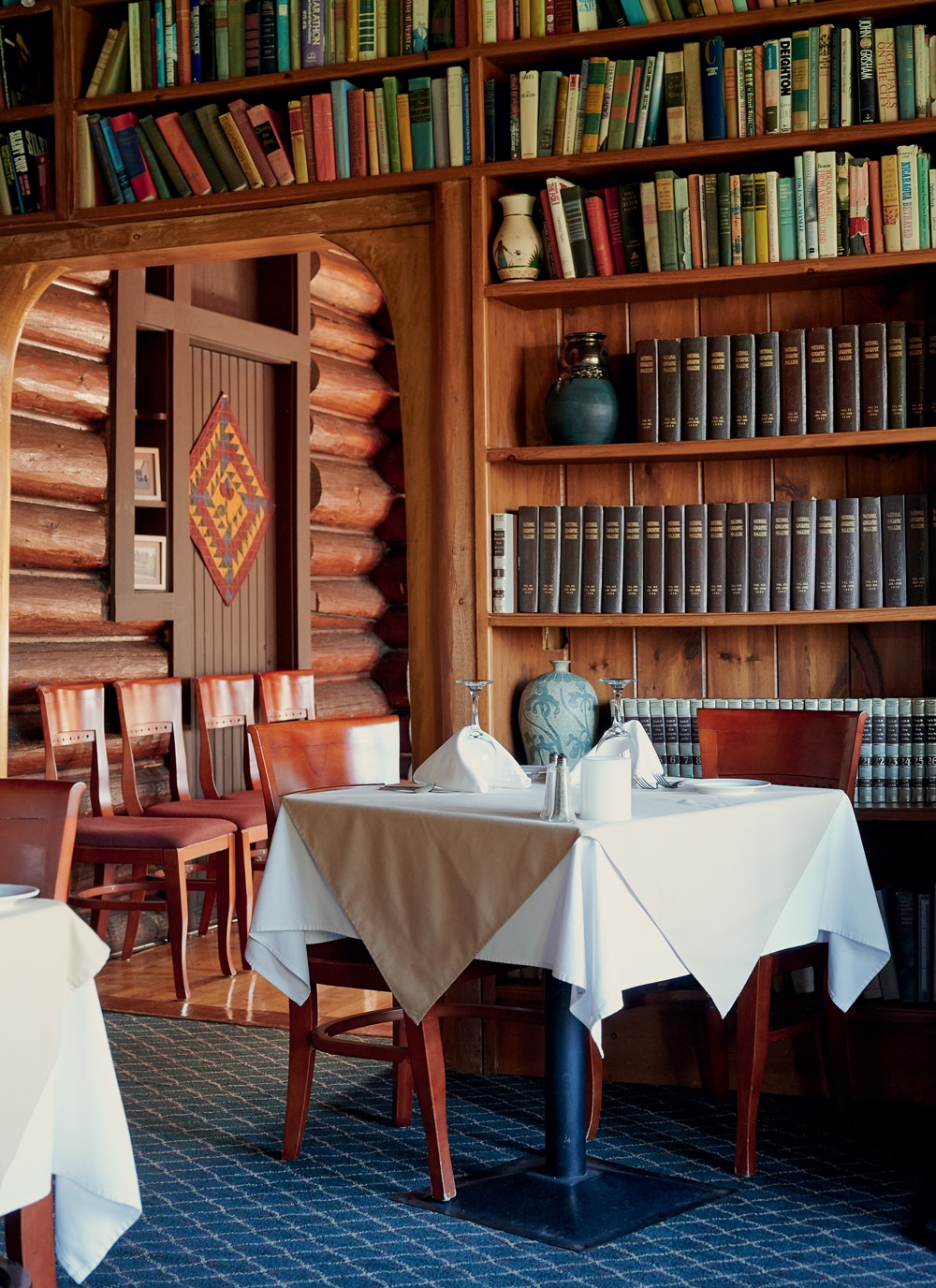
Photo Credit : Tristan Spinski
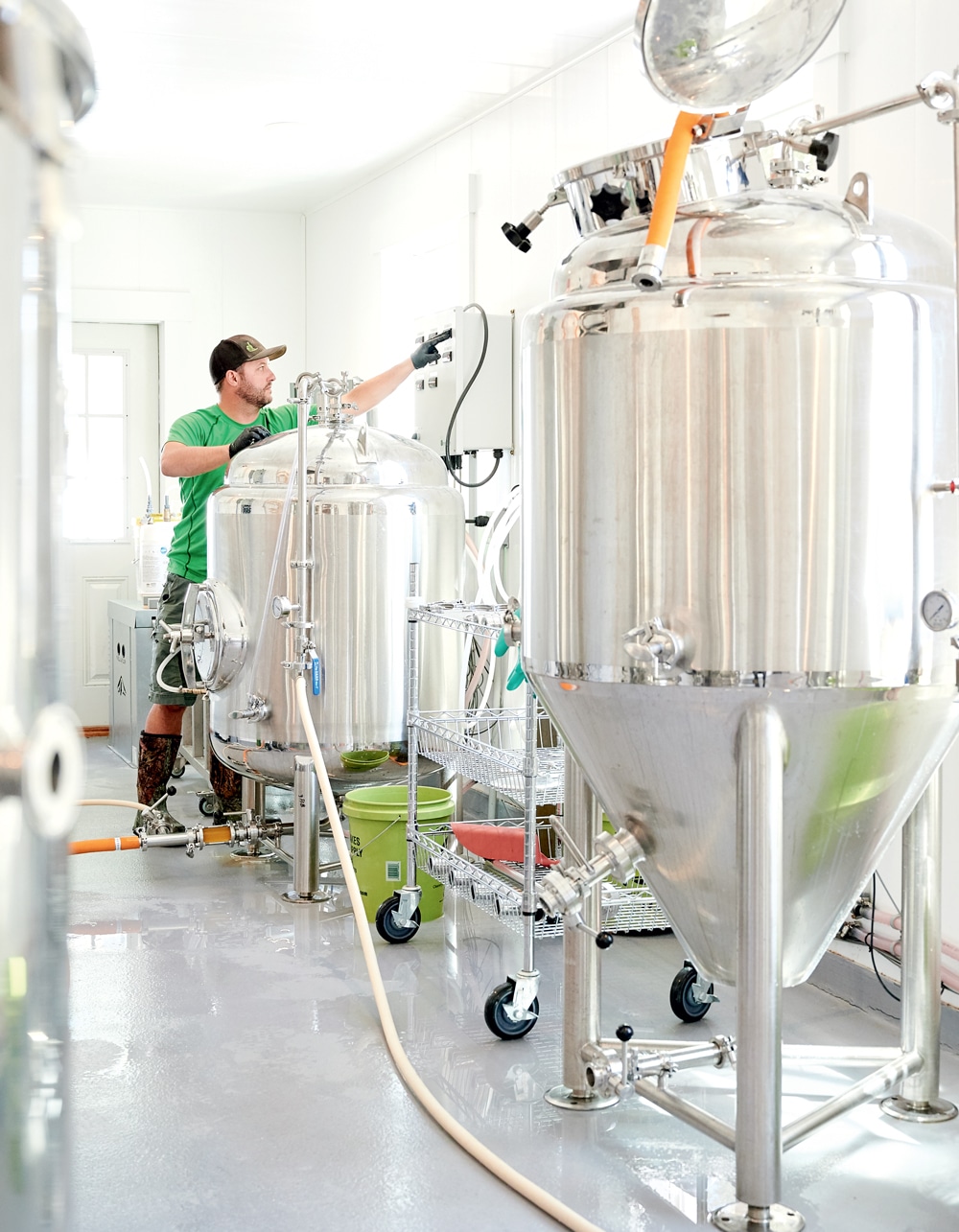
Photo Credit : Tristan Spinski
From the Rangeley Inn it’s a short trek to the village center for dinner, where old favorites and new destinations converge. Steak, pizza, and chili are the mainstays at the Red Onion, which has welcomed leaf peepers for half a century. Just a few doors down, the Furbish Brewhouse & Eats is entering its second autumn. Opened in 2019, it’s the realization of a dream for Chip Smith, a local landscaper and serious beer hobbyist, who with his wife, Beth, renovated this former Main Street mansion and B&B. The menu leans hard toward pub fare (wood-fired pizzas, barbecue, and, this being Maine, lobster rolls), while the half-dozen beers on tap cater to IPA fans. With its commanding views of the lake and the shoreline park across the street, it’s as fine a place as any to wrap up the day.
SATURDAY
Opt for the inn’s breakfast buffet, or stroll to Main Street and take a seat at Keep’s Corner Café, where the blueberry pancakes, omelets, and house-made doughnuts and muffins get you ready for a day of exploring.
Afterward, make time for downtown. Rangeley’s retail center is compact but has a surprisingly diverse collection of shops. Get your Carhartt and North Face fix at Jannace’s Backwoods Clothing & Custom Embroidery or the Alpine Shop, then step into Ecopelagicon, which sells and rents all kinds of recreational equipment to go along with your new outdoor duds. The Rangeley Region Sports Shop offers serious fishing equipment upgrades and expertise (inquire here about hiring a Registered Maine Guide to show you the area’s prime fishing spots).
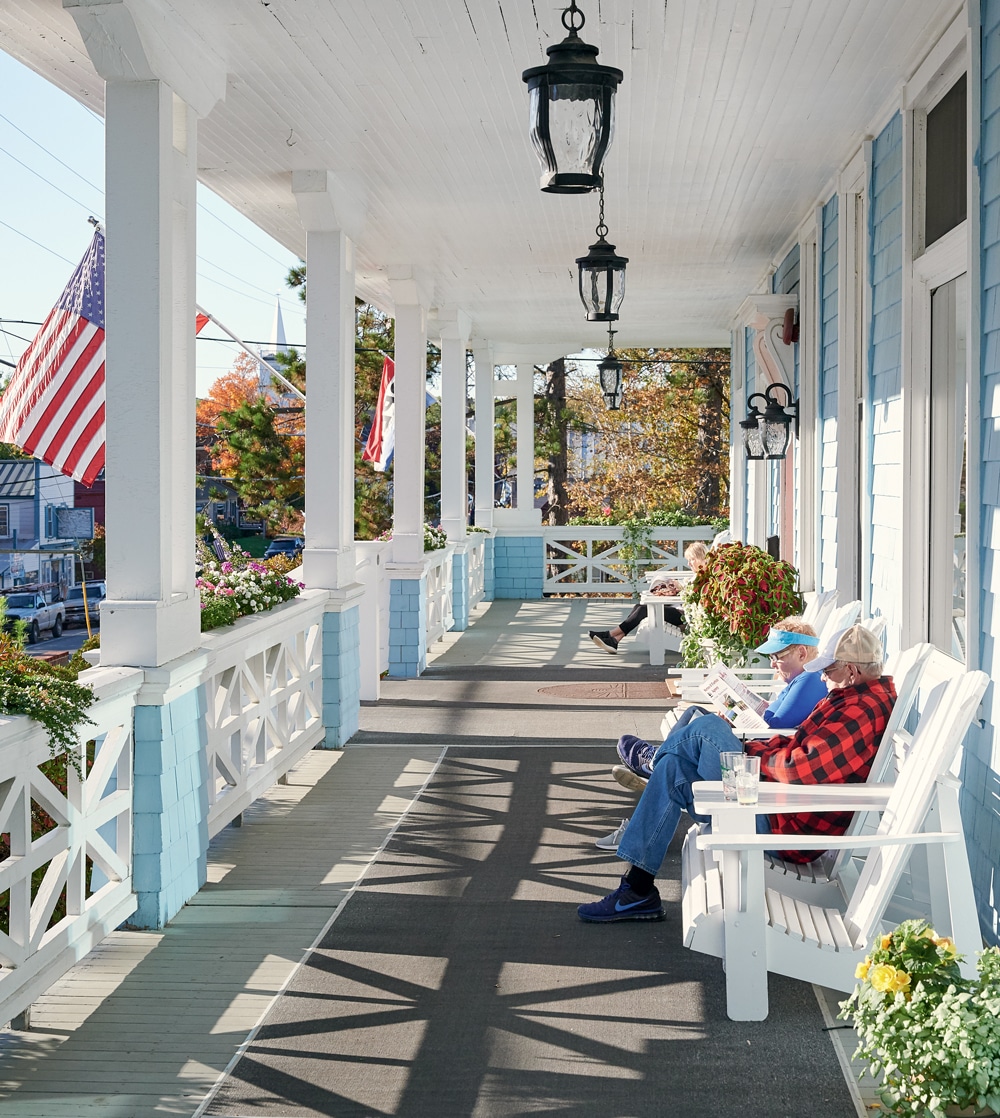
Photo Credit : Tristan Spinski
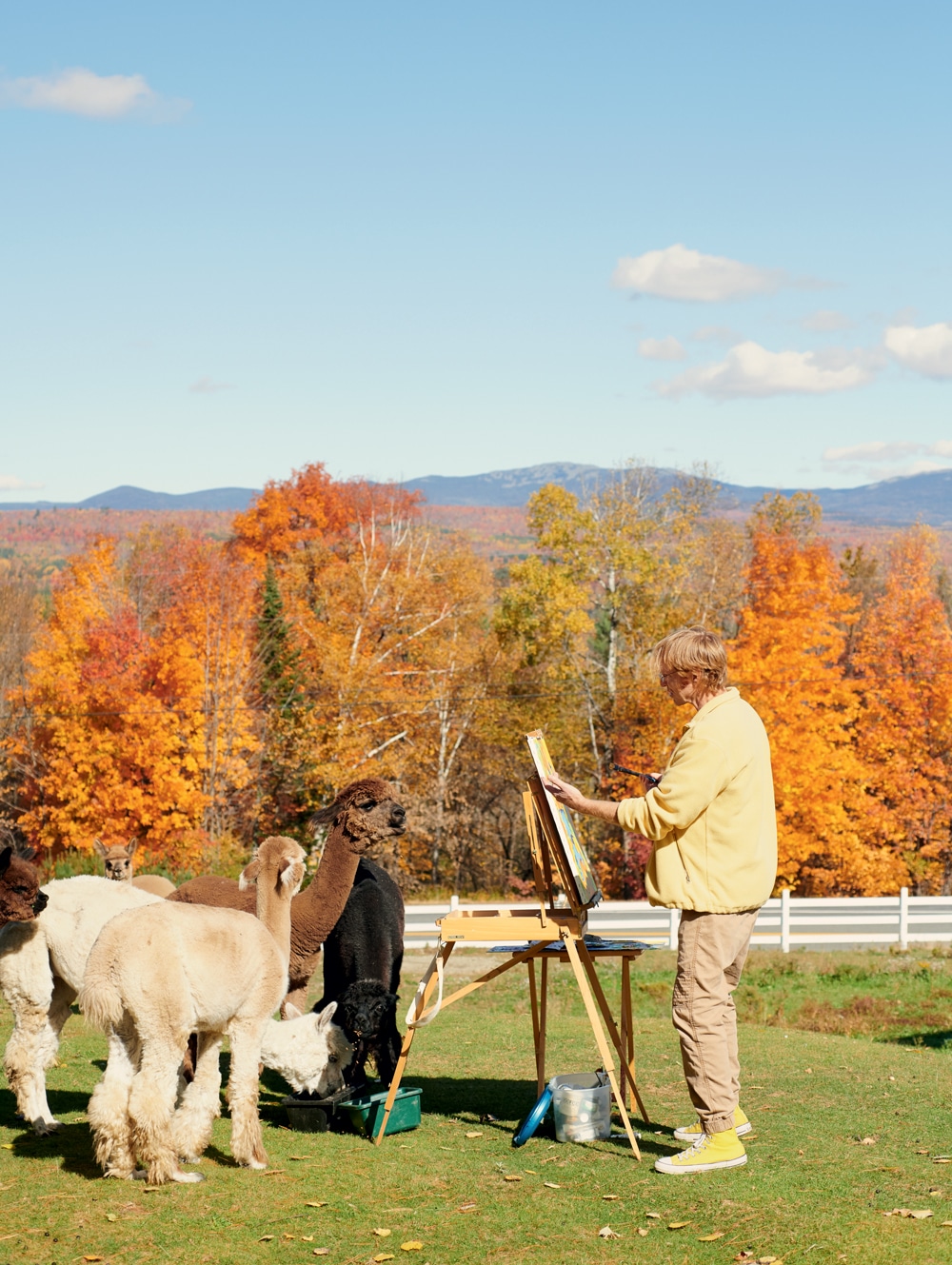
Photo Credit : Tristan Spinski
If you want to rest your eyes on something a little less active, step into Seaberg Gallery & Alpacaville, which draws heavily on the work of its owner, painter Jeff Seaberg, among other local artists. He also sells a handsome collection of alpaca socks and gifts made from the wool produced on his family farm in nearby Kingfield. And if you ask politely, this colorful artist might even sing you a song.
Another recommended stop is Books, Lines, and Thinkers, one of those delightful packed-to-the-gills bookstores. Here, owner Wess Connally will happily direct you to your next great New England–based read.
Pack your own picnic or have a basket made for you at Classic Provisions, then treat yourself to some unparalleled leaf peeping. By foot, by plane, or by car—one of the charms of the Rangeley region is all the different ways you can get above the foliage.
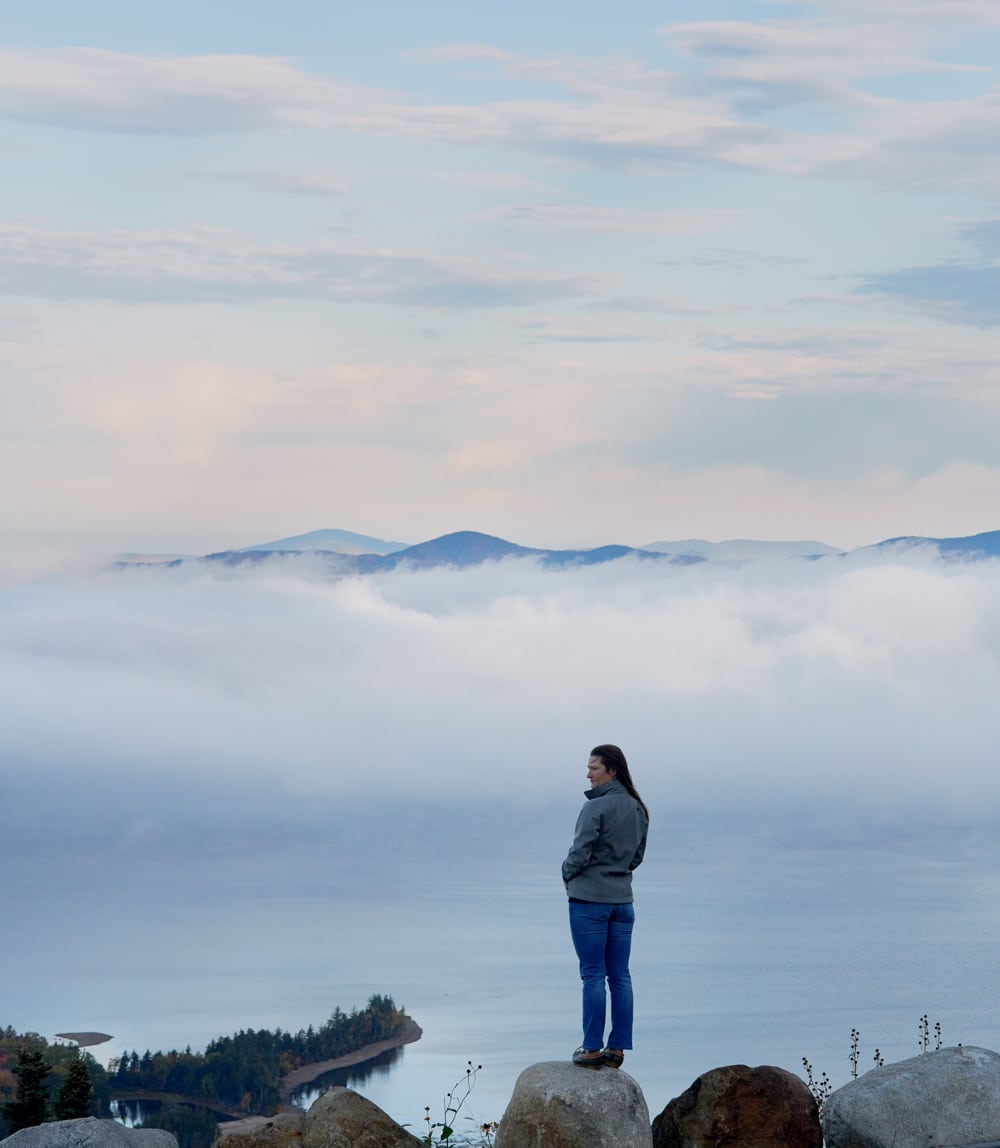
Photo Credit : Tristan Spinski
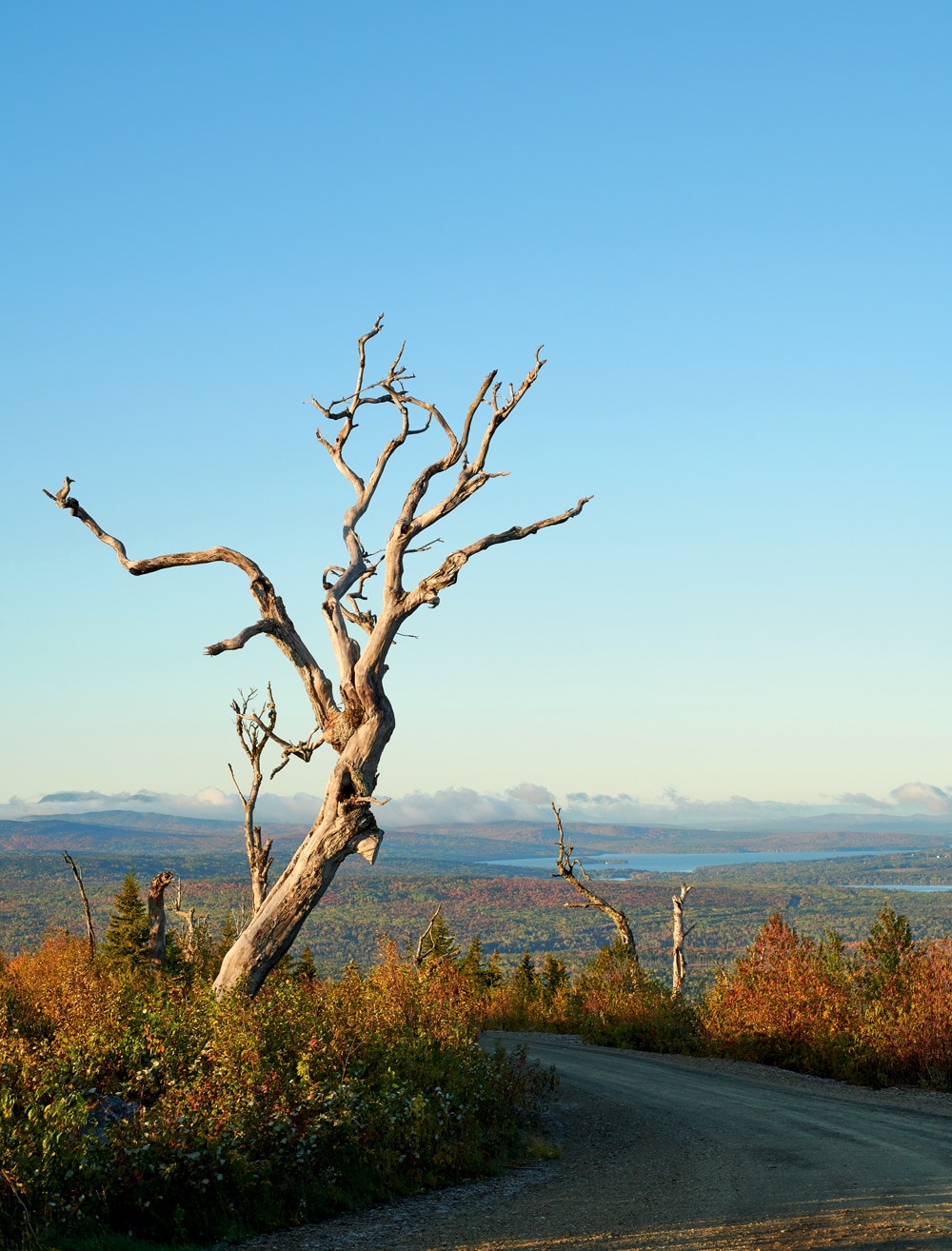
Photo Credit : Tristan Spinski
Route 17’s famous Height of Land overlook is the most popular photo op, but you can snap equally stunning pictures at Quill Hill, a hilltop vista in nearby Dallas Plantation that landowner Adrian Brochu opened to the public in 2013. The 12-minute drive to the top culminates in a panoramic view of the Rangeley region and, in the far distance, New Hampshire’s White Mountains. There are picnic tables for lunching, a wheelchair-accessible path, and a grill with free firewood. The suggested donation ($5 per car and $5 per person) can be deposited in an old bank vault as you leave.
If Quill Hill’s 2,800 feet leaves you craving even more elevation, head back to Rangeley for an afternoon flight with Acadian Seaplanes. Pilot Keith Deschambeault offers several different tours, from a 15-minute regional primer to a “Fly & Dine” that includes dinner at a remote sporting camp. Our pick: the 30-minute jaunt that buzzes over five of the region’s lakes and includes a flyover of historic Upper Dam, where Carrie Stevens perfected her Grey Ghost fly lure, still considered one of the gold standards in the fly fishing community.
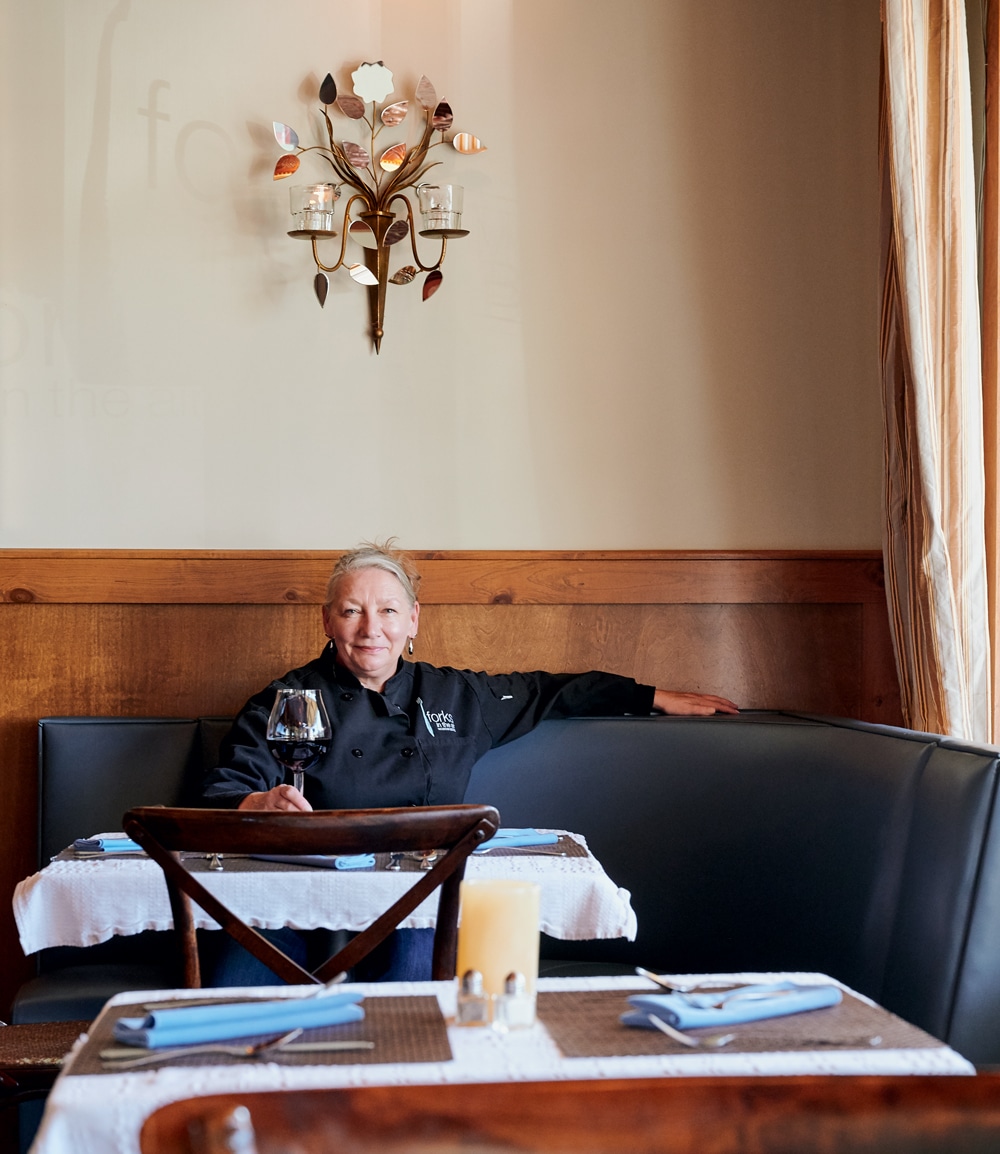
Photo Credit : Tristan Spinski

Photo Credit : Tristan Spinski
After relaxing back at the inn, make the short walk to Forks in the Air Mountain Bistro, an intimate eatery housed in a restored hardware store that sources within a tight geographical radius to build a lot of its menu, including its popular bison burger.
Finally, end the day aboard the Oquossoc Lady IIfor a sunset cruise on Rangeley Lake. Bring your camera—and a beverage, because it’s BYOB.
SUNDAY
The Oquossoc Grocery—or the O.G., as locals affectionately call this superb little market—is today’s stop for breakfast sandwiches and coffee. Then it’s on to the trailhead at nearby Bald Mountain. On prime autumn days the parking lot fills up quickly, as this short but challenging hike delivers a huge payoff. There are killer views of the nearby lakes, and a fire tower atop the summit offers increased elevation.
Your final destination before heading home might just be the most memorable. The Rangeley region is anchored by its past, a story that comes together best at the Outdoor Heritage Museum in Oquossoc.
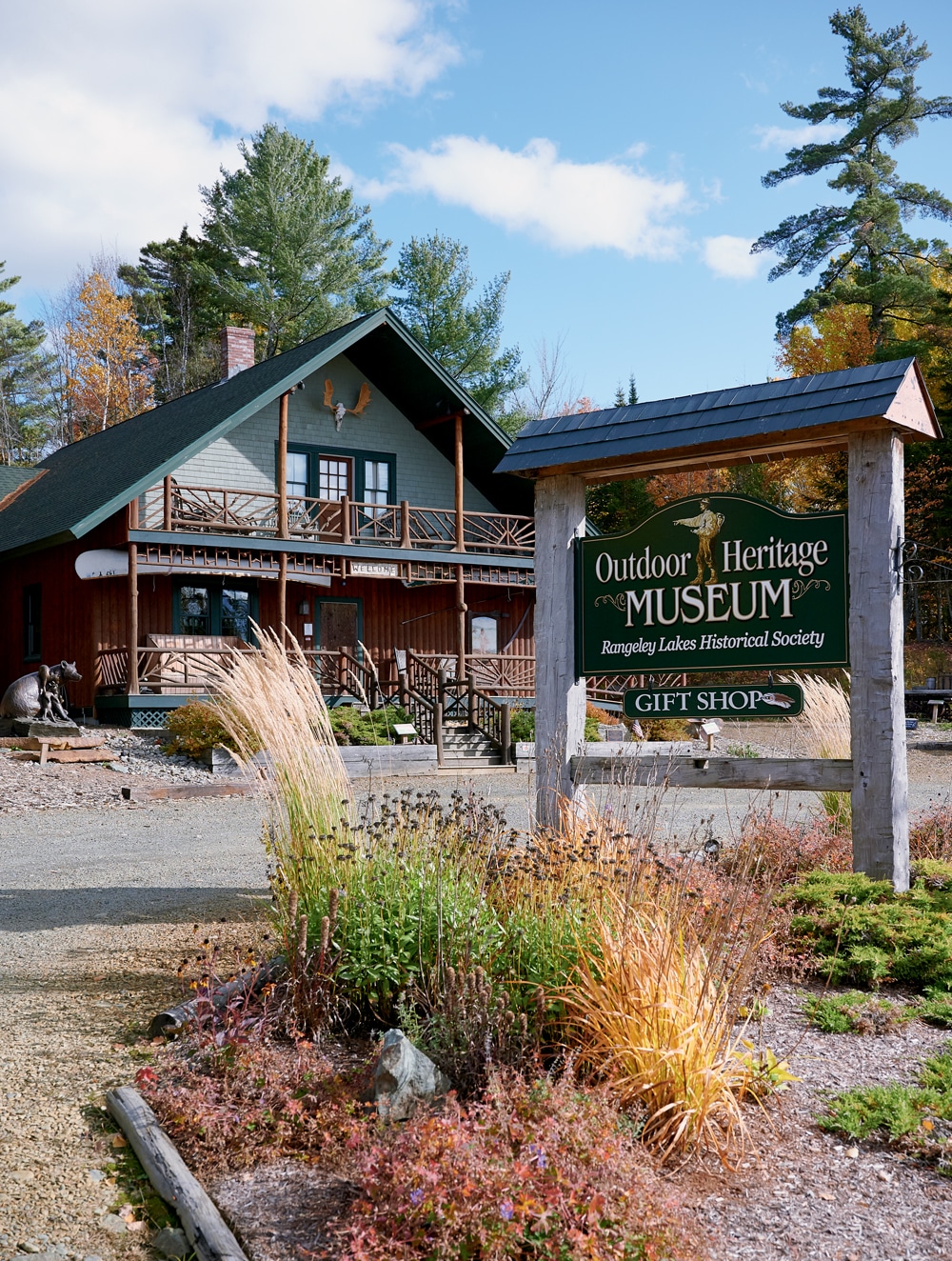
Photo Credit : Tristan Spinski
The institution tells a lively tale, one that begins with an original c. 1910 sporting cabin in the front entryway. From there, you can take in vivid displays of tree branch art, some 150 of Carrie Stevens’s flies, an 11-pound, 2-ounce mounted brook trout, and the desk that writer Louise Dickinson Rich used when she penned her 1942 Rangeley-set classic, We Took to the Woods.
It’s a story of what’s always brought people to this neck of the woods—and why they return, even now.
Ian Aldrich
Ian Aldrich is the Senior Features Editor at Yankee magazine, where he has worked for more for nearly two decades. As the magazine’s staff feature writer, he writes stories that delve deep into issues facing communities throughout New England. In 2019 he received gold in the reporting category at the annual City-Regional Magazine conference for his story on New England’s opioid crisis. Ian’s work has been recognized by both the Best American Sports and Best American Travel Writing anthologies. He lives with his family in Dublin, New Hampshire.
More by Ian Aldrich

